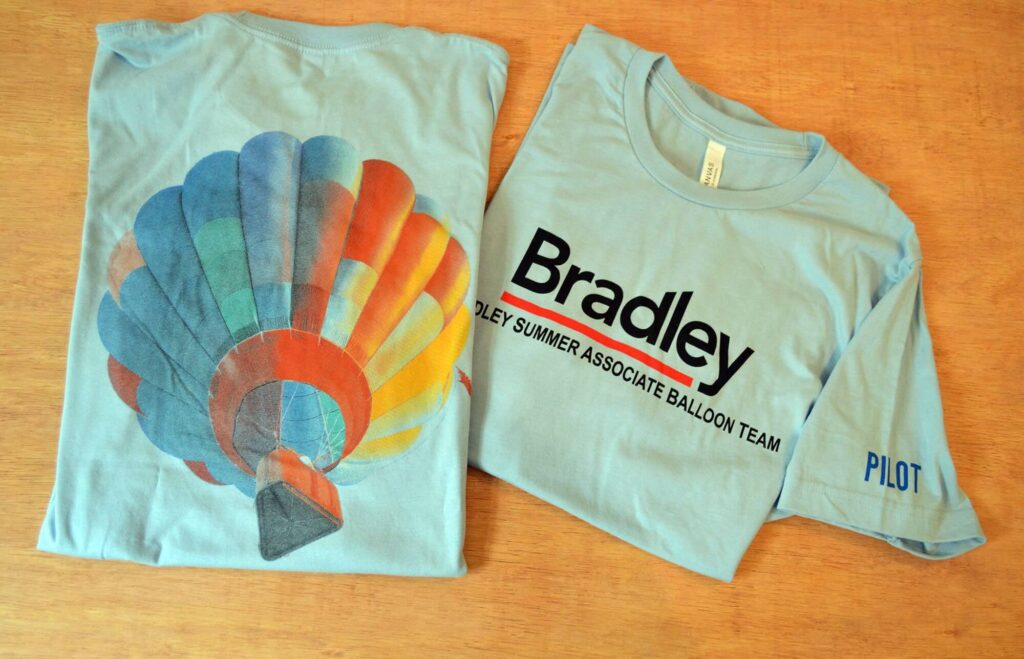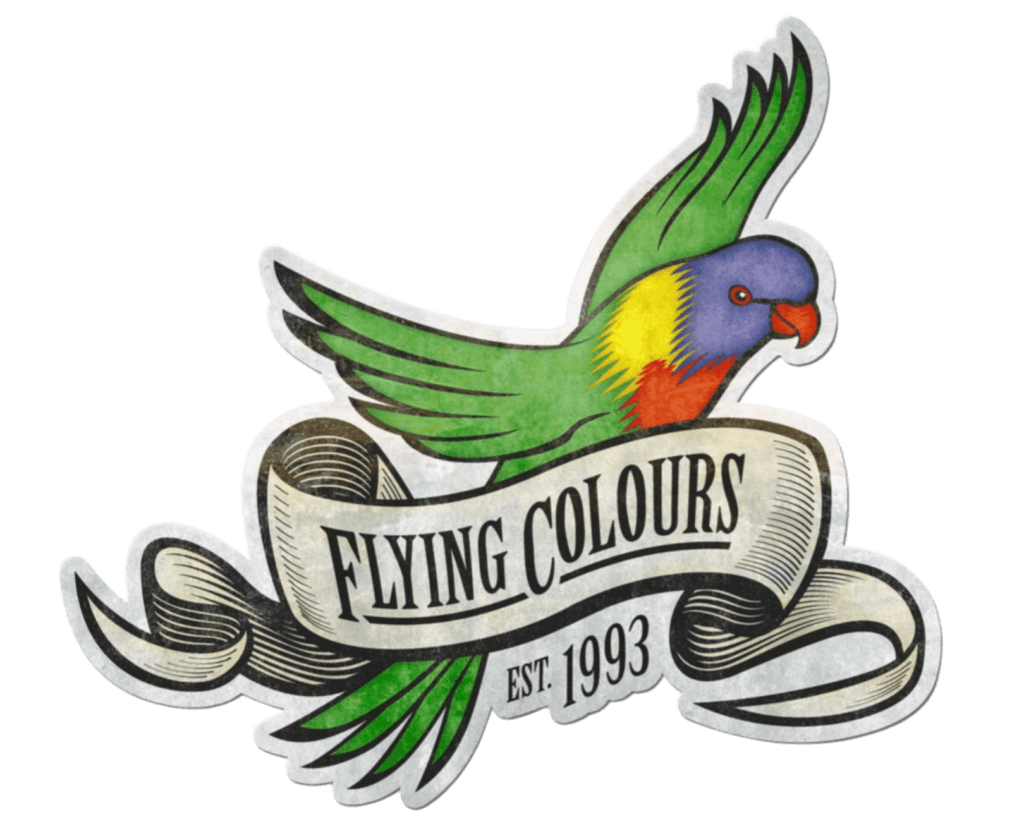- 07956365406
- sales@flyingcolourstextiles.com
Services
4 colour process separations
To print an image, this color separation technology involves four colors: cyan, magenta, yellow, and black (CMYK). Most of the colors in your image can be created by printing these four tones. Halftones, or small dots, are used in four-color process separations to create photorealistic images. However, it can be challenging with darker backgrounds because the inks are translucent, this procedure works best on white or lighter backgrounds. Due to the system's color accuracy, it has been substituted as a preferred separation option during the last decade by the spot color simulated process.
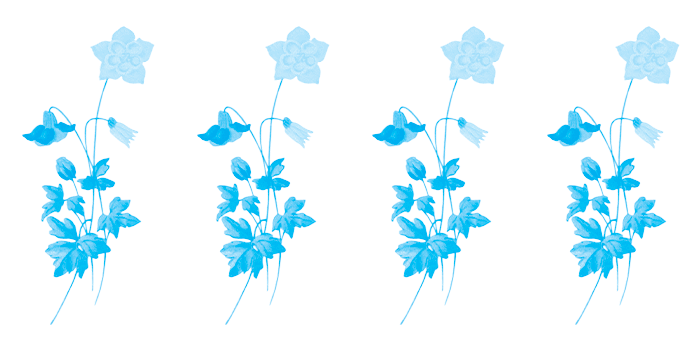
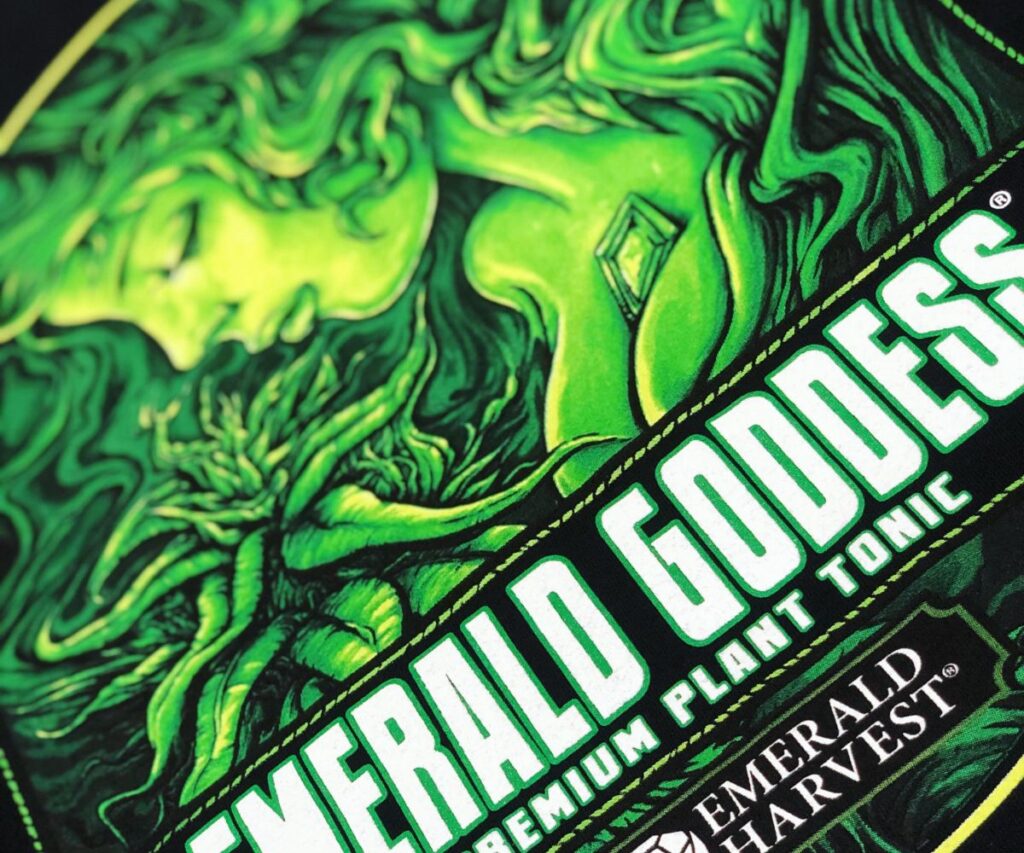
Simulated Process Separations for printing on multicolour garments
Simulated process separations, like four-color process separations, utilize halftones to form images, but the simulated process uses a bigger range of colors to handle a wider range of colors. Since opaque inks are utilized, a simulated process can be used for both light and dark backgrounds, unlike four-color process separations. Tonal or channel separations are other terms for simulated process separations. In addition, simulated-process color separations similar to four-color process separations, are done in color separation photoshop. Simulated Process Screen Printing use for apparels, Garments, custom t-Shirt Printing.
Halftones, duotones, tritones, and quadtones
Then, when you take a photograph of what you see in the physical world, you cut this range of distinct tones dramatically. Furthermore, when you introduce this photo as a digital image into your page composition software (such as InDesign) and from there into your printer’s digital prepress workflow and on to the pressroom floor, the number of distinct colors and tone values narrows even further. Also, the dark areas aren’t as dark as they are in the physical world, and the light areas aren’t as light.
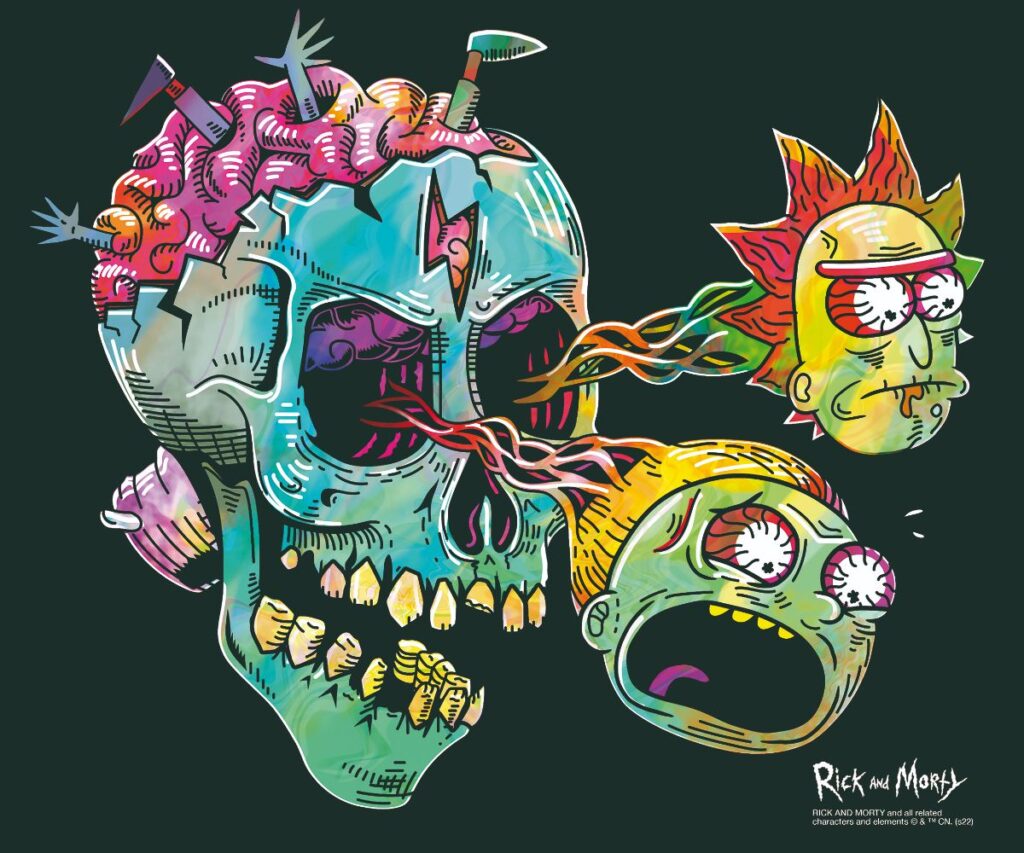

Separations for discharge printing
Discharge printing, also called Extract Printing, method of applying a design to dyed fabric by printing a colour-destroying agent, such as chlorine or hydrosulfite, to bleach out a white or light pattern on the darker coloured ground. In colour-discharge printing, a dye impervious to the bleaching agent is combined with it, producing a coloured design instead of white on the dyed ground.
- Scanning, photo composition, computer retouching
- Special white printers including "Highlight Whites" and "Last Down Whites", custom tailored to work with your garment color
- Re Drawing Service for Corporate logos- vector redraw from raster image
- And for the more environmentally friendly alternative to the tons of plastic & polythene bags, we can provide specialised films to print onto long-life, re-usable, and bio-degradable cotton bag
- Separations for tea towels, aprons and Calendars are also catered for on large format film
